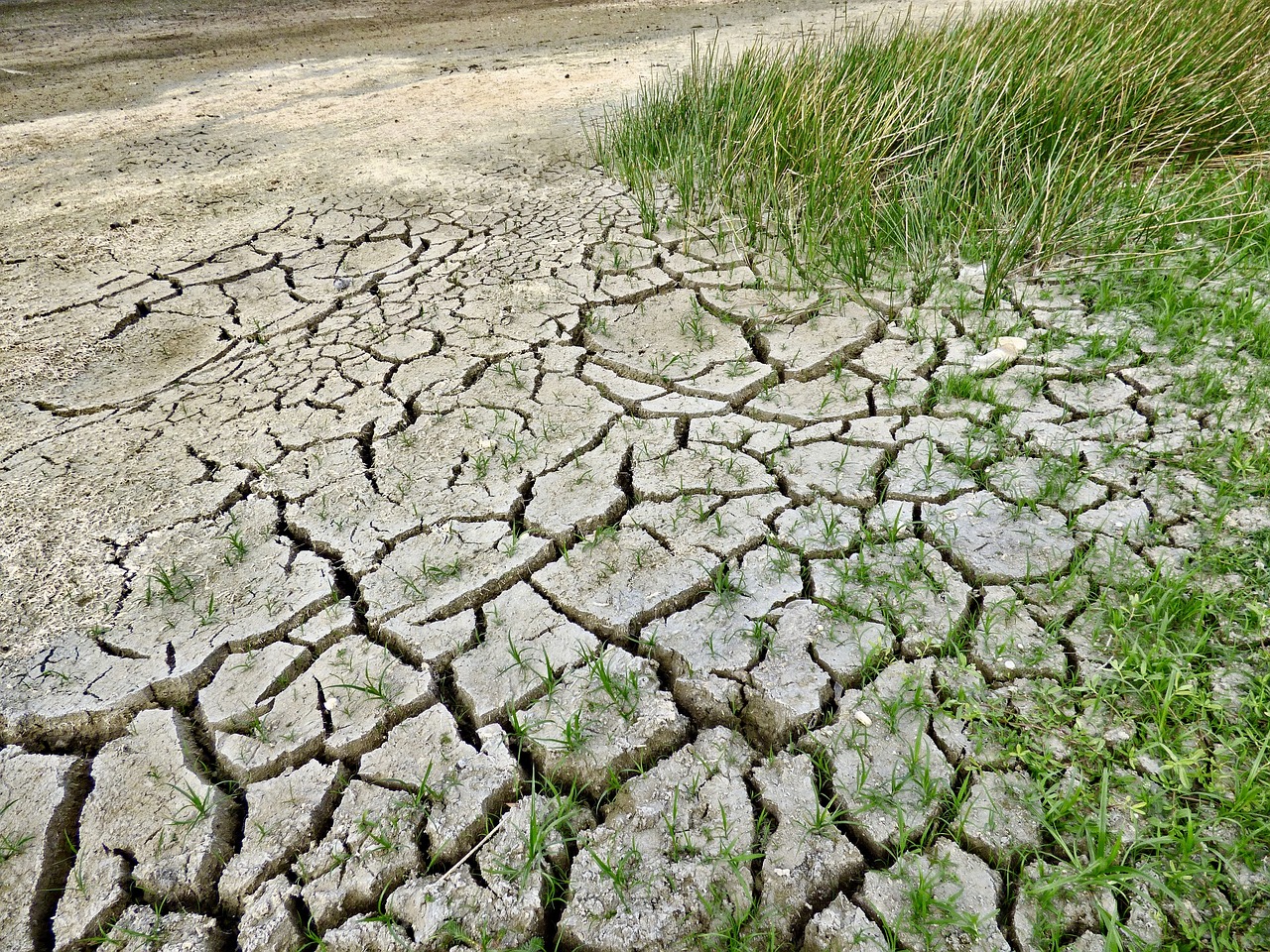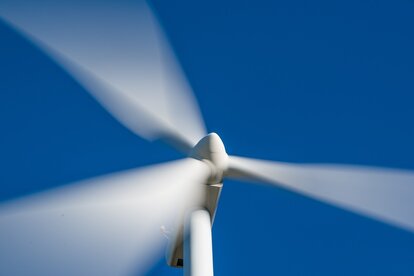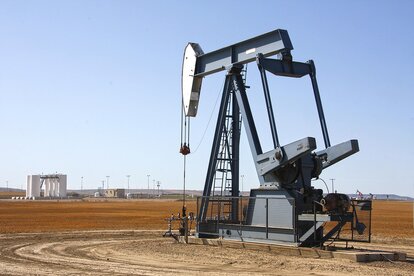COP28
The complicated decarbonisation of the Mediterranean

Barely 100 days have passed since the historic cover decision of the COP28 in Dubai and the image of the president of the climate summit, Sultan Al-Jaber, embracing the Secretary General of the United Nations Framework Convention on Climate Change (UNFCCC), Simon Still, is a long time ago. This embrace reflected the success of a text that was described as "historic" and "successful" in bringing 192 parties together and leaving the door open to the end of fossil fuels, but without establishing a clear roadmap. Only one goal: 2050.
For three decades, most climate agreements looked at greenhouse gas emissions. For the first time, the culprits were singled out: oil, gas and coal. "It's the beginning of the end," said Simon Stiell, the UN's top climate change official. "It's a clear message," he added.
The text gives a clear signal to countries of the roadmap they need to take to get global warming back on track and slow its rise to within 1.5 degrees Celsius of pre-industrial levels. The current path is taking the planet to three degrees Celsius and the Mediterranean region will be one of the worst affected by climate change, although it is already feeling the effects.
The agreement out of Dubai calls on all states to "contribute" with new measures such as "tripling global renewable energy capacity and doubling the global average annual rate of energy efficiency improvements by 2030". And "accelerate efforts to phase out coal-fired power" that does not have emissions capture systems. In addition, the agreement provides for the phasing out of "inefficient fossil fuel subsidies" and includes "substantially reducing global non-carbon dioxide emissions, including in particular methane emissions by 2030", but without a specific year.
However, fossil fuels remain the dominant energy source in the region's primary energy mix. Currently, Mediterranean energy demand represents 7% of the world's total and oil is the fuel par excellence in a region where more than 500 million people live.
According to the Mediterranean Energy Observatory (OME), fossil fuels account for 92% of the energy mix in the countries on the southern shore of the Mediterranean, while in the north they account for 65%. Dependence on oil and gas is still strong and is reflected in the search for and exploitation of new deposits. Today, more than 200 offshore platforms are active in the Mediterranean and offshore exploration is underway to discover significant new oil and gas reserves.
To meet the 2015 Paris agreement and the 2023 Dubai endorsement, total energy demand in the Mediterranean will need to be reduced by a quarter of current levels, a challenging feat considering the increase of more than 135 million population in the South, coupled with a doubling of GDP prospects.
Renewable energy is expected to play a key role, with solar and wind technology playing a leading role. However, solar is under-exploited in the southern Mediterranean regions, with only 2.7% of total solar energy capacity utilised. Although the decreasing cost of solar panels is increasing their accessibility, there are operational challenges in the Mediterranean context. By 2050, a net additional capacity of 600 GW will need to be installed, of which about half (350 GW) in the Southern region. Wind technologies will also experience striking capacity additions, with a total net increase of almost 500 GW, of which 300 GW in the southern Mediterranean countries; both onshore and offshore technologies will be deployed in the region. Overall, renewables account for only 28% of total power generation, while by 2050 they are expected to account for the largest share of generation with a contribution of 78% of total generation.

The nuclear gamble
Despite being a region rich in sun and wind, not all countries are relying on these two green technologies to decarbonise their economies. In Dubai (United Arab Emirates), beyond the final decision, a multitude of multilateral agreements were also reached. Some twenty countries sought a third way to reduce greenhouse gas emissions through nuclear energy. France and Morocco are two of the signatories.
Energy forecasts suggest that nuclear energy will play a secondary role with a 12% share of nuclear generation with the development of nuclear power.
12% of nuclear generation with the development of nuclear plants in several countries in the south of the region (Egypt, Turkey, Jordan and Morocco), while France will stabilise its dependence on nuclear generation by replacing old reactors with new, more efficient ones.

Climate Aid
The Global Stocktake has grabbed all the headlines. However, the other major achievement of COP28, the loss and damage fund, has been forgotten. The Global North, for the first time, agreed to the creation of a 'piggy bank' to pay for the damage that climate change is already causing in the poorest countries.
In the Mediterranean, sea levels continue to rise millimetre by millimetre, flooding agricultural land and rendering it unusable for growing crops. The southern shore looks to the north for help to protect crops and restore flooded areas after devastating rains wash away homes and land. However, after 100 days of that agreement, only 0.2% of the total needed to mitigate the effects has been collected. Meanwhile, many families have had to abandon their homes in search of other land because there is no space to grow crops and no water to drink.
